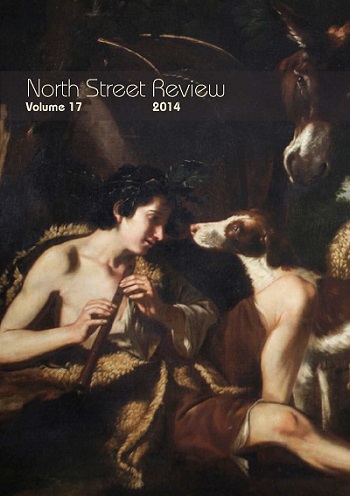Vredeman de Vries: Geometry and Freedom
Main Article Content
Abstract
As a result of his highly imaginative perspectival illustrations, late sixteenth-century Dutch architect Hans Vredeman de Vries remained at the pivot point of transferring perspectival developments from Italy to a northern European setting. He brought about a revolution in the genre of the architectural city-view, stood as a giant of that artistic category, and initiated a widespread architectural following that could be felt in buildings from every province of his home country to as far away as regional towns in Peru.
This essay introduces the use of geometry in Vredeman’s illustrations from his 1604 treatise Perspective and gives an account of the meanings behind vantage points, picture planes, and the viewing subject in those representations. A commentary on the notion of repetition in perspectival vistas and an explanation of the significance surrounding the placement of the centric point in his engravings is also dealt with. The centric points of Vredeman’s plates are seldom placed on a blank architectural surface. Instead, we encounter deliberate openings that allow us to travel beyond the pictorial plane and that remind us of the artificial nature of the environment being shown. Someone might theoretically be looking back at us, configuring the world before us, and thereby reinforcing the arbitrariness of our point of view.
Overall, this paper aims to look anew at the symbolic significance of the perspective engravings of Vredeman de Vries. The writing ends with a summary on what it might mean to transcend a perspective.
Article Details

This work is licensed under a Creative Commons Attribution-NonCommercial 4.0 International License.
Authors who publish in this journal retain copyright and are required to grant a licence to the journal to allow distribution and reuse, as described in the following agreement.
Author’s grant of rights (Licence to publish)
The author grants to the North Street Review: Arts and Visual Culture, the following:
1. An irrevocable non-exclusive right to reproduce, republish, transmit, distribute, and otherwise use the Work in electronic and print editions of the Journal and in derivative works throughout the world, in all languages, and in all media now known or later developed.
2. An irrevocable non-exclusive right to create and store electronic archival copies of the Work, including the right to deposit the Work in open access digital repositories.
3. An irrevocable non-exclusive right to license others to reproduce, republish, transmit, and distribute the Work in both print and electronic form under a Creative Commons Attribution-Non Commercial [BY-NC] Licence
Author’s retained rights
The Journal supports Open Access to scholarly work and applies the Creative Commons licence to ensure access and free use for the widest possible audience. This agreement means that copyright in the Work remains with the Author and the Author retains the right to reuse the article. Provided proper attribution is given and the use is non-commercial, authors are encouraged to use the article in the following ways:
- to deposit the published version in institutional repositories or on a personal website
- to republish in a thesis or book
- to present the article at a meeting or conference
- to use all or part of the article for lecture or class room purposes.
Third party content
Where possible, third party content has been cleared for use under the Creative Commons Attribution-Non Commercial [BY-NC] Licence. In some cases, content is included in Works that is available under a different licence, or with All Rights Reserved. If in doubt, users should ask for permissions prior to re-using any third party content contained in North Street Review: Arts and Visual Culture.
